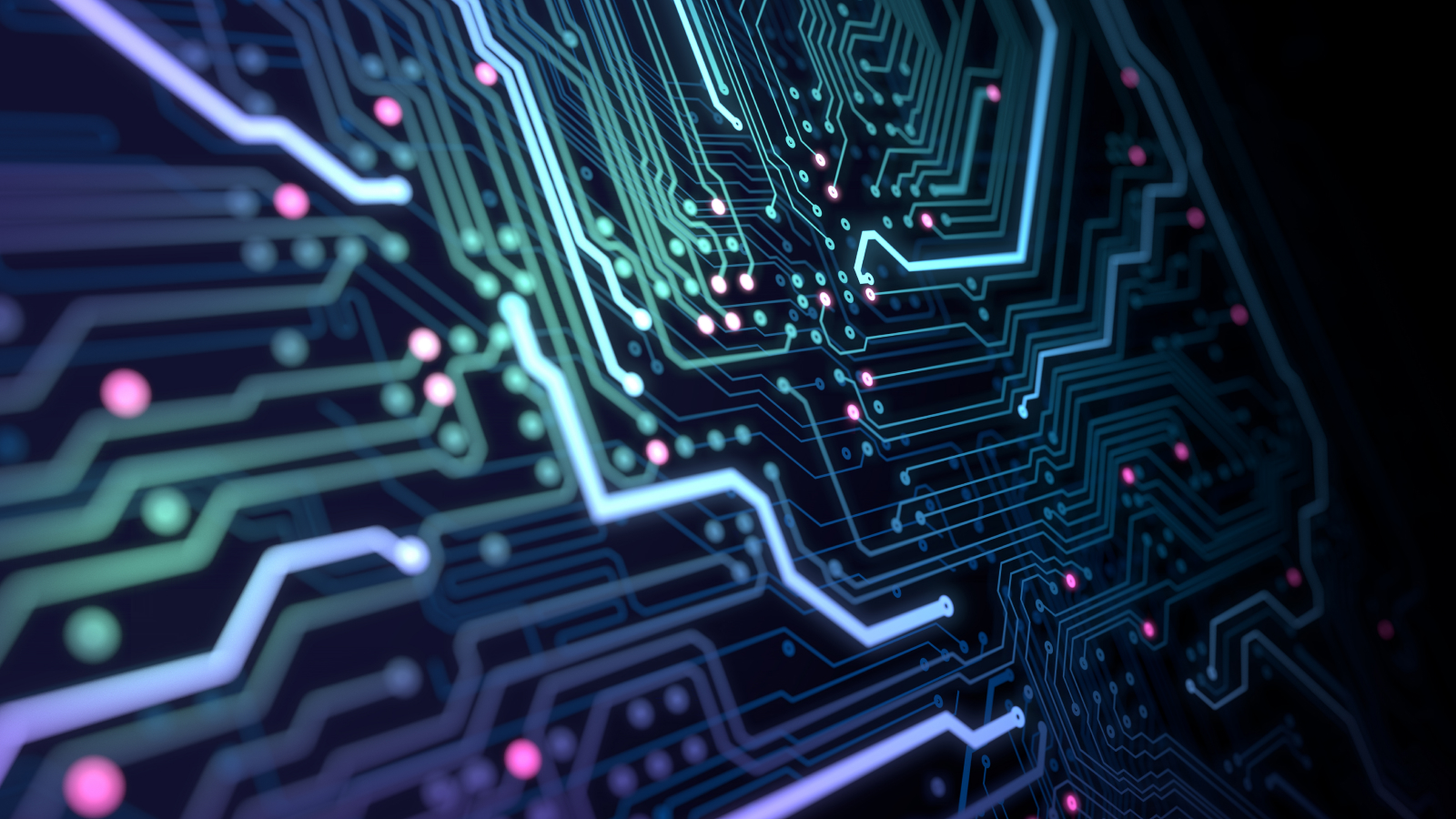Future chips could swap silicon for a 3-atom-thick crystal semiconductor full of 'defects' that pack in more power
Next generation of computer chips could ditch silicon for TMD — a 2D material that is embedded with 'defects' which can be harnessed to improve performance.

Researchers are harnessing the power of tiny defects in an incredibly thin material to one day make computer chips that are faster and more efficient than traditional silicon semiconductor platforms.
"All of our existing electronic devices use chips made up of silicon, which is a three-dimensional material," said Shoaib Khalid, a physicist at the Princeton Plasma Research Laboratory, in a statement. "Now, many companies are investing a lot in chips made up of two-dimensional materials."
This type of "two-dimensional' material, known as a transition-metal dichalcogenide (TMD), can be just a few atoms thick. Computer chips made from these ultrathin semiconductors could allow the development of smaller, faster devices by packing much more processing power onto a smaller surface area.
In a study published May 24 in the journal 2D Materials, Khalid's team investigated whether using TMDs rather than silicon may be a solution to the notion that innovation with silicon-based chips may be reaching its peak.
The thinnest TMDs are just three atoms thick and arranged like a sandwich. The "bread" consists of chalcogen atoms — elements in Group 16 on the periodic table, like oxygen or sulfur. Transition metal atoms — in Groups 3-12 — make up the "filling."
Related: 'World's purest silicon' could lead to 1st million-qubit quantum computing chips
The scientists investigated whether they could harness tiny, atom-sized imperfections called defects in slightly thicker TMDs.
Sign up for the Live Science daily newsletter now
Get the world’s most fascinating discoveries delivered straight to your inbox.
While most of the atoms in the TMD are arranged in orderly, even patterns, occasionally an atom will be missing or stuffed somewhere it doesn’t belong. Despite the name, defects aren’t necessarily a bad thing, the scientists said in the study. For example, some defects make TMDs more electrically conductive.
To take advantage of the positive effects of defects and reduce any negative consequences, scientists needed to understand how defects arise and how they affect the material's performance. In the study, Khalid's team determined which kinds of defects form most readily in TMDs — and investigated how those defects shape the material’s properties.
First, the team examined defects where one of the chalcogen atoms was missing. A previous study had shown that a TMD material called molybdenum disulfide unexpectedly emits infrared light when illuminated. Khalid’s team found that the infrared light emission was triggered by the movement of electrons related to the space where the missing chalcogen should be.
"Our work provides a strategy to investigate the presence of these vacancies in the bulk TMDs," Khalid said in the statement. "We explained past experimental results shown in molybdenum disulfide, and then we predicted a similar thing for other TMDs."
Next, the researchers studied a type of defect where an extra hydrogen atom is squished between two neighboring transition metal atoms. Hydrogen is a common impurity that arises in TMDs while they are being formed. The extra hydrogen atoms give several — but not all — of the TMD materials a slight negative charge, turning them into "n-type" semiconductors.
Computer chips rely on combinations of n-type semiconductors and positively charged “p-type” semiconductors. While scientists already knew that some TMD materials can act as n-type semiconductors, the new study explains where the extra negative charge comes from.
Understanding how these defects affect TMD performance could help researchers create next-generation computer chips, the scientists said in the study. Although TMD chips aren’t ready to hit the shelves just yet, companies are exploring ultrathin TMD chips to tackle energy-intensive AI operations.

Skyler Ware is a freelance science journalist covering chemistry, biology, paleontology and Earth science. She was a 2023 AAAS Mass Media Science and Engineering Fellow at Science News. Her work has also appeared in Science News Explores, ZME Science and Chembites, among others. Skyler has a Ph.D. in chemistry from Caltech.









